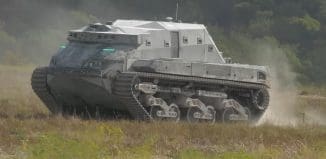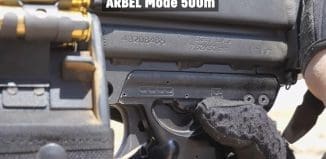Aerospace Powerhouse Promises New Generation of Sensors
This post is also available in:  עברית (Hebrew)
עברית (Hebrew)
The aerospace giant Airbus has been developing new sensor systems that function both on board and on the ground in attempt to improve US military situational awareness. The company intends to install more passive sensors on military helicopters and use the information from different sensors to derive and correlate a tactical situation.
“Not all sensors will be carried by the helicopter consolidating the tactical situation. Some will be installed on collaborative unmanned platforms,” said Tomasz Krysinski, Airbus vice president of research and innovation. In this R&D area, many applications are being investigated to detect and inform on obstacles, intruders and cables — and to compensate for degraded visibility due to fog, white- and brown-outs and night time.”
From the ground, Airbus is focused on merging data on weather, terrain database, no-fly zones, and conflicting operations to enable route processing before a mission.
Airbus’ strategy is to integrate the sensors with other technologies to enhance safety, automate guidance and reduce pilot workload. Its vision is for a new generation of sensors based on infrared and radar, according to rotorandwing.com.
On its own, new sensor technology is inadequate to close gaps with situational awareness, Krysinki said. How pilots interface to transmit information to crews and new cockpit designs are being assessed.
The company’s EAGLE Project that began two years ago has been an effort to provide “eyes” to helicopters, Krysinki said. EAGLE aims to federate a helicopter’s image-processing functions and feed them into its avionics system. The technology is designed for integration on a range of existing and future vertical takeoff and landing (VTOL) vehicles.































